Weed mats have been a go-to solution for gardeners and farmers alike to tackle their weed problems for decades. This cover material is laid over the soil’s surface to cut off the sunlight that encourages the growth of unwanted plants. It comes in two varieties, being either plastic or woven fabric, offering effective weed containment in gardens, fields, lawns and more without the need for herbicides.
Marvels of Weed Matting
By utilizing weed mat in planting, gardeners are able to gain an upper hand in their battles with weeds. Blocking out the sunlight from beneath it keeps weeds from taking root and proliferating, eliminating the need for constant weeding. This is a further advantage when the climate is drier as well, since the weed mat helps to prevent moisture from evaporating from the soil, conserving it and helping to keep the earth softer and pliable for growth.
The protective presence of weed mat serves a double purpose in that it safeguards soil against erosive elements and compaction. Additionally, the shielding of sunlight prevents desiccation and soils decline in structure integrity. Unobstructed airflow, in conjunction with the upwelling of nutrients to the root systems, bolster crops’ fitness which offers a helping hand to healthy development.
Save money and still protect your crops or garden with weed mat. You won’t need any extra tools or instructions for installation – just unroll the mat across the surface of the soil and you are done! Perfect for those who are looking for a longterm weed prevention system which will remain intact for years to come.
Drawbacks of Weed Matting
Although weed mat can stay intact in the garden for a long time, this durability can unfortunately make it difficult for gardeners when it is time to replant or switch up the layout. Parsing through weed mat to break it up and remove it from soil can take considerable effort, as well as consuming large chunks of time.
Deploying weed mat effectively is no small feat. If not handled right and stabilized properly, it may be subject to the whims of the wind, leading to portions of the plot exposed to weeds with no protection – thereby defeating the objective of the weed mat.
An excess of precipitation can cause serious challenges if weed mat is used incorrectly. By blocking air and water from reaching the roots, waterlogging can be triggered and the warmth of the soil will be heightened, which may not be suitable for certain varieties of plants. As a result, the use of weed mat must be monitored carefully to decrease the chances of these unfavorable effects.
Ultimately, employing a weed mat can have adverse effects on the environment since it is fashioned out of plastic, a notorious material that cannot be broken down by biological means. This should leave gardeners and farmers who wish to sustainably manage their weeds in a state of unease.
Weed mat is certainly a well-liked strategy for gardeners and farmers to maintain weed control, but there are both advantages and drawbacks worth considering. It might seem like a financially smart decision with its affordability and longevity, however further inspection should be done into it’s effect on plant root accessibility to air and moisture. Additionally, the environment may be negatively impacted by the plastic construction of the weed mat material. Ultimately, prior to utilizing weed mat in the garden it is necessary to weigh out all the consequences.
Gardening and landscaping enthusiasts everywhere are turning to weed mat for a joint effort of weed-free saturation and soil health protection. This synthetic powerhouse serves as a natural form of defense against overgrowth while concurrently providing satisfying erosion control. As evidenced by its sheer existence, weed mat reveals clearly the advantages and disadvantages of its use -the result being an easy, favored goto for all your wild landscaping endeavors.
Leveraging the Benefits of Weed Control Matting
Weed mat is an invaluable tool for keeping weed growth at bay, ensuring a neat and orderly appearance. By providing a layer of material between the soil and the sun, it helps to protect the soil from erosion, reducing water loss due to evaporation. This effective measure acts to conserve water as well, leading to a lower overall consumption rate and drought-resistance amongst plants. Perhaps foremost, weed mat serves as a deterrent to pests – the sturdy barrier creates an impenetrable wall again unwelcome creatures. All of these admirable benefits make weed mat an excellent choice for achieving the desired results.
Pitfalls of Weed Mats
Weed mat may cost a pretty penny and require frequent replacing, yet that is not the only downside. Even when intact, this synthetic material can restrict water and essential nutrients from reaching the soil’s depths, drying them out and undermining plant health. Moreover, it is vulnerable to damage from nature or humans, leaving openings for unwelcome plants to emerge. In sum, weed mat can be effective, albeit with certain downsides.
Weed mat may be widely used in gardens and landscapes, but it is important for one to consider the pros and cons before opting for it. On the plus side, it helps with limiting weed growth, averting soil erosion, and preserving water. However, the downsides include difficulty in upkeep, high costs, and blocking out necessary nutrients from entering the soil. In the end, the balance of advantages to drawbacks must be evaluated carefully before reaching a conclusion.
Related Product
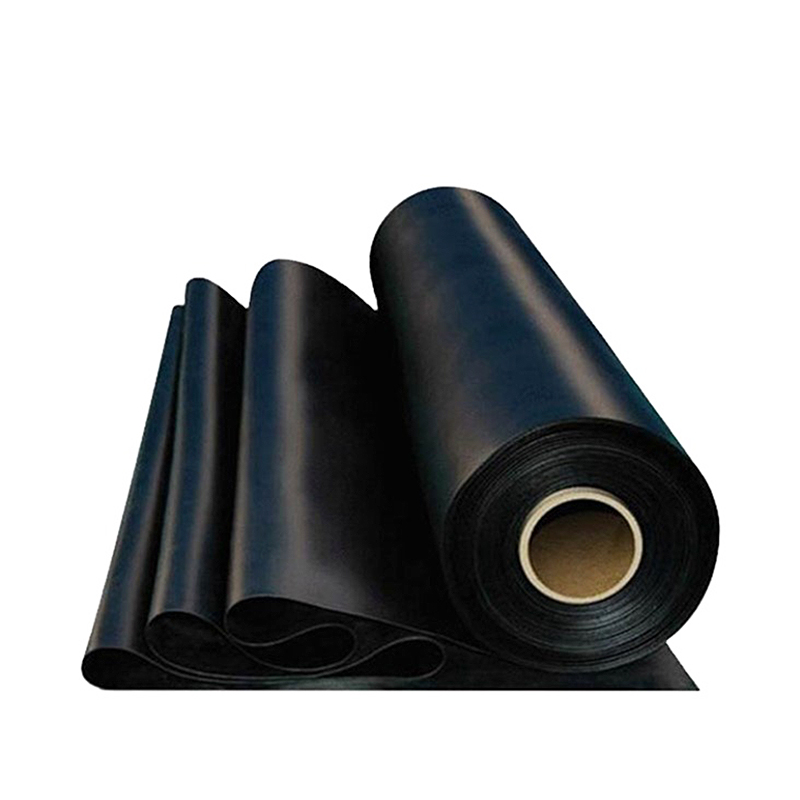
Hdpe Geomembrane
Product Features: They have strong ability for waterproof,anti seepage and isolation, aging resistance, good welding performance, convenient construction, root resistance and other […]
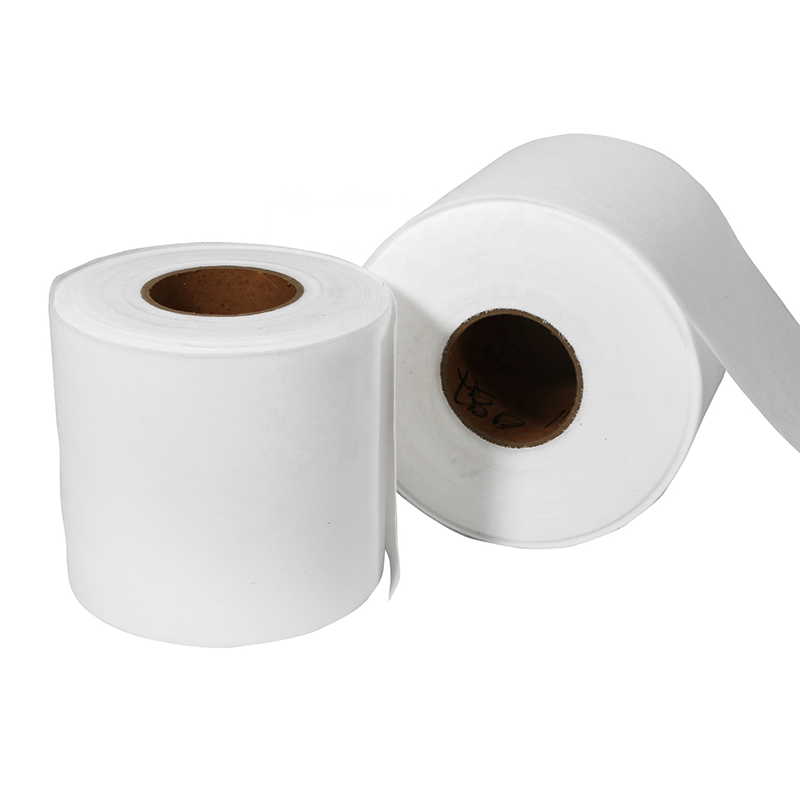
Non-Woven Geotextile
Geotextiles are permeable geosynthetic materials made by needling or weaving synthetic fibers. Geotextile is one of the new geosynthetic materials, and the finished product is clot […]
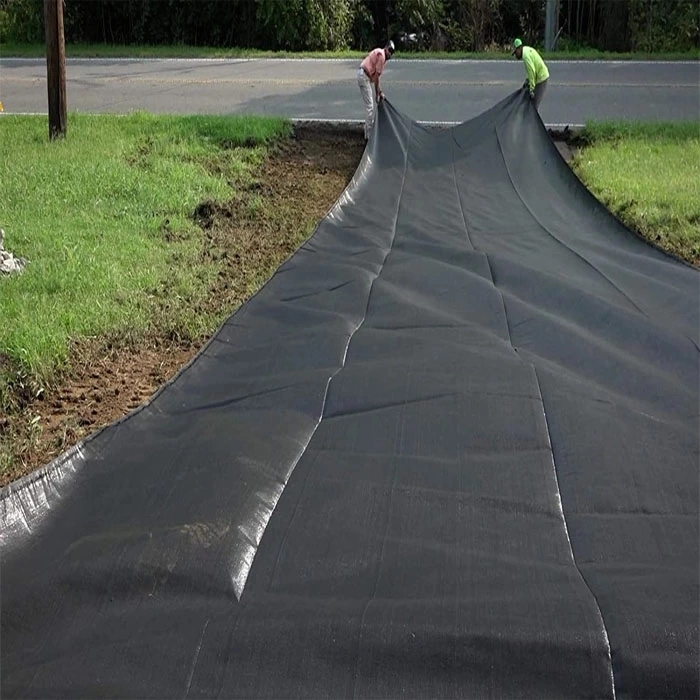
Bluekin Weedmat: Your Secret Weapon for a Low-Maintenance and Beautiful Garden
Are you tired of spending countless hours weeding and maintaining your garden? Look no further than Bluekin Weedmat, the ultimate solution for a low-maintenance and beautiful garde […]
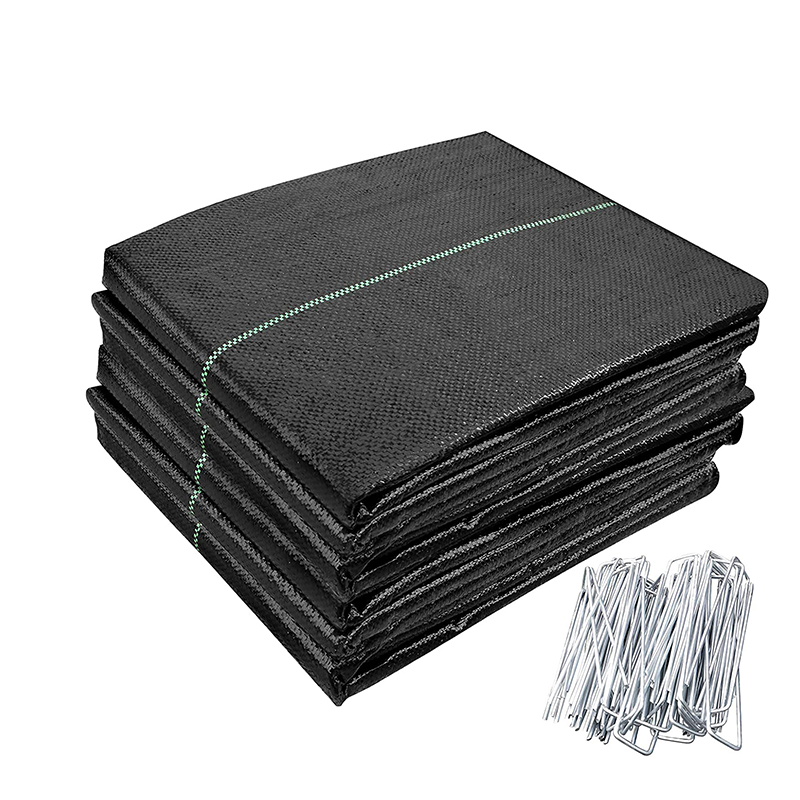
Woven Geotextile/Weed Mat
PP Woven Geotextiles are a series geotextiles made of high-performance polypropylene woven geotextile fabrics combining strength, durability and robust design. All these PP woven g […]
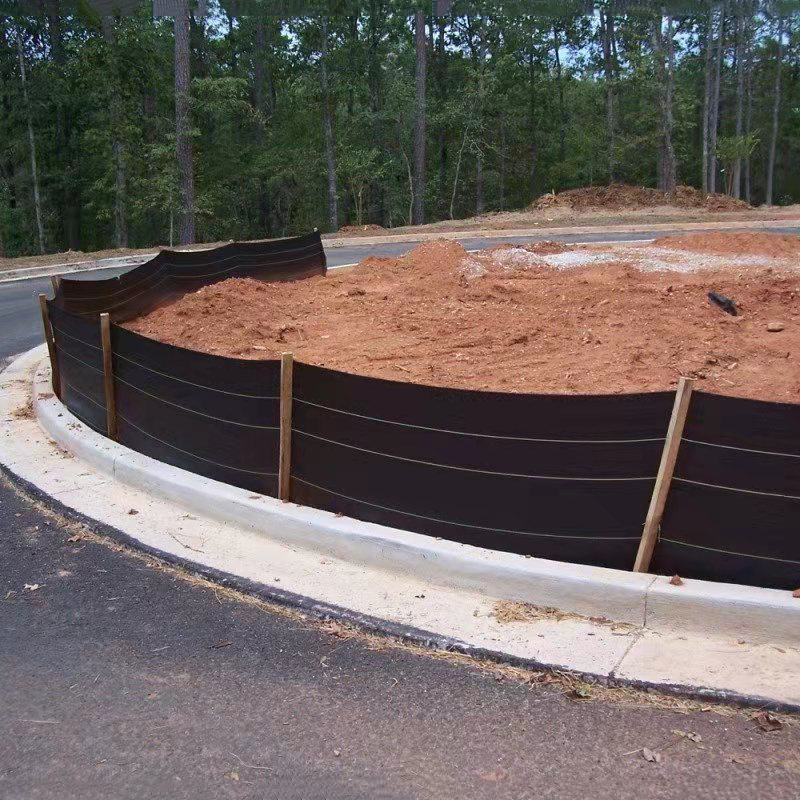
Silt Fence
Product Weed Mat / Ground cover/Slit fence Weight 70g/m2-300g/m2 Width 0.4m-6m. Lengths 50m,100m,200m or as your request. Color Black,Green,White ,Yellow or As your request […]
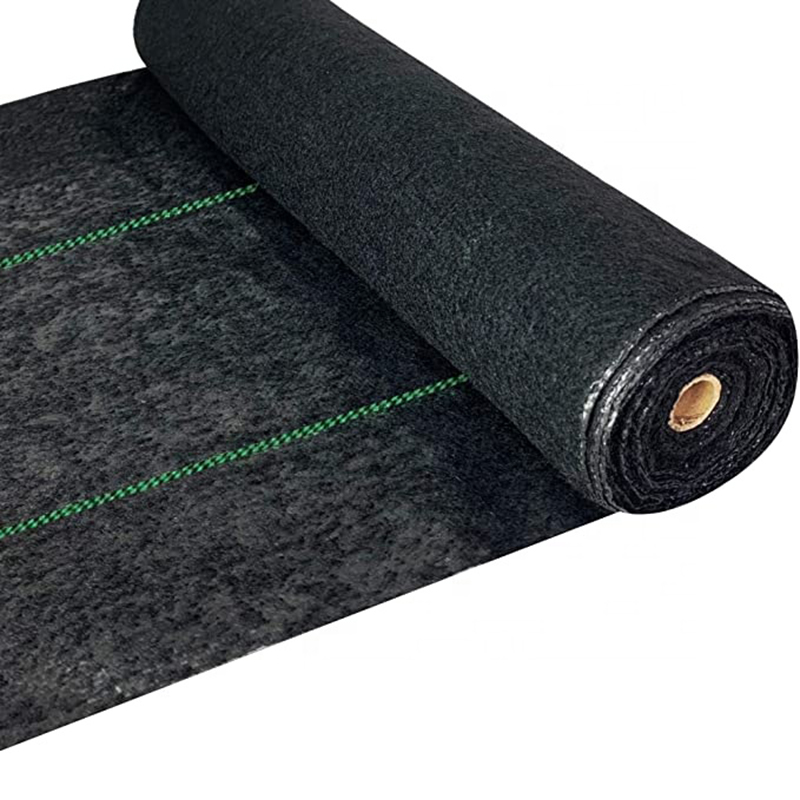
Heavy Duty Landscape Fabric
High Strength &Durability: 5.8oz heavy duty landscape weed barrier fabric, made of tightly woven polypropylene fabric needle which punched with UV-stabilized. 98.7% opaque to l […]
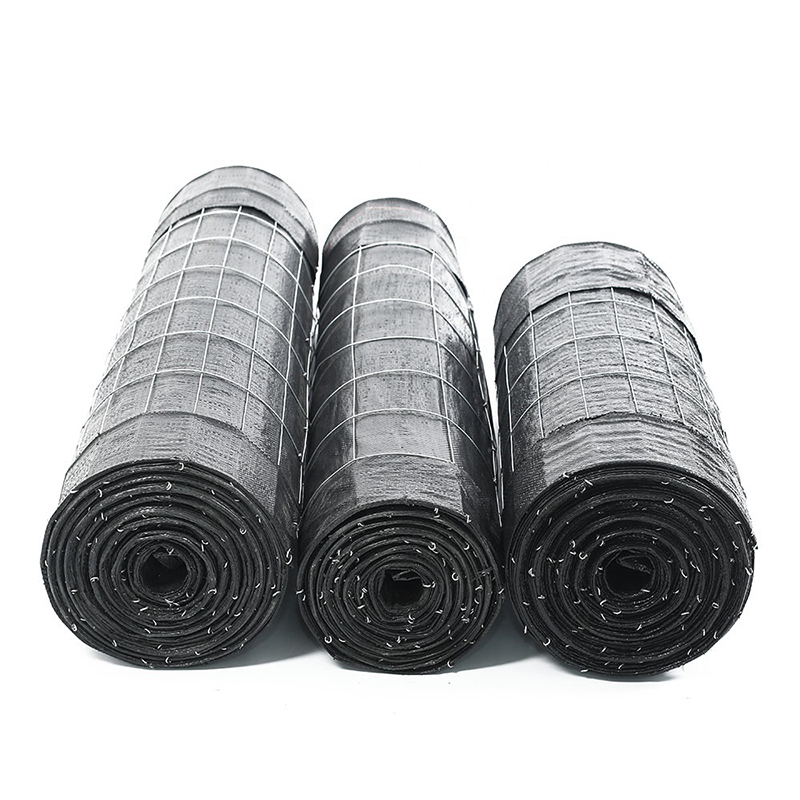
Wire Backed Silt Fence
The Wire Back Silt Fence is a strong erosion control fence designed for areas with demanding silt and erosion control requirements. Offering more strength and stability than a stan […]
Post time: 2023-07-12
